|
After my first review of one of the StitchyBoxes I had ordered, I thought it would take longer for the second one to arrive. However, it came within a week after my first review :). This one took a little over six months to arrive and with shipping and custom's fees, it also cost €114 or $138. This particular box is called "Pacific Northwest Countdown Box" and contained 30 pretty little wrapped goodies. So let's see what they look like unwrapped! And read to the end of this blog for the Give-Away :). The Pacific Northwest box contains: - three 8 yards skeins of stranded variegated Flower Silk by StitchyBox (Mountain air, Driftwood and Blue spruce) - skein of 8 yards of stranded Beaver grey French spun silk "Stitchy Silk" by Stitchy Box (NOTE: the other three silk skeins are spun silk too!). - 8 yards skein of Colour & Cotton Pine Needles variegated stranded cotton - skein of The Gentle Art variegated stranded cotton Stormy Morning (StitchyBox exclusive) - 50 yards skein of overdyed #12 perle by Threadworx (#1015) - 17,5 x 23 cm piece of cotton quilt fabric for finishing - 17,5 x 22 cm piece of thick hand-dyed wool felt - 23,5 x 33 cm piece of hand-dyed 32ct linen - 23,5 x 42,5 piece of 32ct gingham linen - 3 gr Miyuki mini fringe beads, 3x 2gr Toho beads 11/0, 1gr Delica beads 11/0, 1gr Miyuki beads 15/0, 15 2mm agate beads, 6 natural 5mm sunstone rounds and 5 Swarovski rose montees. - four charms, tiny needle minder, wooden pendant, wood slice for finishing, twill tape for finishing and a sticker. - Pretty little Seattle cross-stitch chart by Satsuma Street and Festive little fobs woodland edition by Heartstring Samplery. The contents of the second StitchyBox confirms my opinion of these boxes. They are fun, but probably not a good deal if you live outside the USA and have to deal with high shipping costs and custom's fees. I love the skeins of thread and will lovingly add them to my stash. The beads are also a welcome addition to my collection. Less sure about the slice of wood and the sticker. But that is probably me :).
And whilst I love to cross-stitch, the above three designs from my two StitchyBoxes are not things I would ever stitch. This brings us to the Give-Away! If you would like to receive all three designs (Oh Whale by Handson Design, Tribal Sand Dollar by White Willow Stitching and Pretty little Seattle by Satsuma Street) you need to do very little: 1) leave a comment on THIS blog in which you tell us which of the three designs is your favourite (this is to satisfy my curiosity). 2) make sure you are subscribed to my newsletter (this is obvious, I am a business after all) Please do alert your friends to this opportunity. The GiveAway will end Sunday 28-02-2021 midnight CET. I will announce the winner in the next blog. The designs will be shipped through Deutsche Post with a tracking code. Good luck!
23 Comments
If you like to embellish your embroidery with beads you are a part of a very old tradition. Especially goldwork embroideries have been made even more exquisite by adding fresh-water pearls, beads made of precious stones, coral or metal. Those of you who use beads in your embroidery will know that you need to secure them well or else you run the risk of them coming off. Small wonder that many beads have now vanished from medieval embroideries. However, they have left traces on the original pieces and in contemporary sources. Let's explore! On the medieval embroideries themselves, you often see these areas of thick white string padding. Sometimes identified in the literature as silk, cotton or linen. Especially fresh-water pearls would have been attached on top of this white string padding. Not only does this mean that texture is added to the embroidery but it also ensures that the light catches the pearls first and makes them stand out even more. After all, when you are spending a lot of money on these extra embellishments you want the onlookers to take note of your generosity. Another source of medieval bead embroidery forms the many paintings which depict clergy in their finery. Some painters were specialised in faithfully rendering the costly embroideries on vestments. Possibly because they were also the ones who made the design drawings for these embroideries. For instance, painter Mathias Grünewald faithfully painted the pearl embroidered mitre his friend the silk embroiderer Pflock made (Halm 1957). And our third source is a collection of books written by the monk Theophilus in the 12th-century on a range of crafts: Schedula diversarum artium. You can find a collection of all the known versions of this manuscript together with three translations (Dodwell for English, Ilg for German and Ecalopier for French) on the website of the University of Cologne. The English translation of the passage on the use of fresh-water pearls reads as follows: "Pearls are found in shells of the sea and other waters. They are pierced through with a fine steel drill, which is fixed in a wooden shaft and a block of wood [at the top]. On the shaft is a small lead wheel and, attached to it is a bow by which it is rotated. If it is necessary for the hole of any pearl to be made larger, a wire is inserted in it together with a little fine sand. One end of the wire is held in the teeth, the other in the left hand, the pearl is moved up and down with the right, and sand is meanwhile applied so that the hole becomes wider. Mother of pearl is also cut up into pieces. These are shaped into pearls with the file they are most useful on gold and are polished as above." The pearls are so small (1-1.5 mm ), and their holes thus even smaller, that loose pearls can only be reattached during restoration with the help of fine surgical needles (Herrmann 1975).
You can get a better idea of how beads were being made by looking at the drawings of the Hausbücher of the Nürnberg Zwölfbrüderstiftungen. There are three depictions of brethren working a lathe borer to drill beads for a rosary. The oldest one dates from before AD 1414. From the same Hausbücher, we have a depiction of brother Alexander Hohlfelder. He was taken into the almshouse on the 3rd of April AD 1626 when he was 80-years old. Alexander had lost his speech and likely had dementia when they took him in. He died after two more years in the almshouse. Alexander had been a Seidensticker (silk embroiderer) and is depicted with a bead dish filled with what looks like fresh-water pearls. Literature Halm, P., 1957. Matthias Grünewald: Die Erasmus-Mauritius-Tafel. Reclam, Stuttgart. Hermann, H., 1975. Die Restaurierung einer spätmittelalterlichen Perlenstickerei, Maltechnik restauro 81 (3), p. 113-115. Creating a 10-week academic online embroidery course has taken up most of my time. This means that other embroidery projects have been on hold for many months. With the start of the new year, I wanted to mend my ways and make sure that I spend an hour or so stitching on other projects each day. Since 1-1-2021, I was successful on six days. Oops! Nevertheless, I made some progress on the cope hood "On the shores of St Nick" which I started at the end of March 2019 and which lay dormant all of 2020. You can read through earlier blog posts on the project here. Let's have a look at what the project looks like now! Currently, I am working on filling in the beach around the lettering. I am using the spun version of the silk for most of the beach. This silk is duller in appearance and perfect for dry sand. For the wet sand of the strandline, I am using the shiny flat silk version of the same colour. The effect is quite subtle but forms a nice transition into the blue flat silk of the water. When all the sand has been filled in around the lettering, I will add French knots around the outline of the letters. It will then look like somebody wrote in the sand. I will probably also add some darker outline on the shadow side of the lettering to make them stand out some more. And this is what the project currently looks like. You see a 30cm ruler at the top so you have an idea of its size. You probably wonder why I am working right to left. That's due to the fact that I was unexpectedly being filmed whilst starting the project. And since goldthreads are so much more interesting than silk threads, I was asked to make a start on the golden frame. So, when you turn the frame 180 degrees, I was working from left to right. As long as I keep protecting the stitching with tissue paper, I should be alright.
Now let's hope I can show you some more progress when we revisit this project in a couple of weeks' time!
Finally the start of my medieval goldwork course! For years in my head, for months in the making and now at last the first lesson has been released to the first group of students. My husband and I celebrated with pizza and cake for lunch :). But now it is back to work again. As my research is very much ongoing, future versions of the course will require constant updating. Not in the least because certain materials are no longer available or a better alternative has finally been found. I'll share one such update with you below. But first: have s sneak peek at the current course contents in the short video below.
As I want my medieval goldwork course to be as authentic as possible, I search high and low for the correct materials. For some things that's surprisingly easy as the climate crisis leads people to rediscover natural materials. In other cases, it is a bit more trial and error. Take the luxury silken fabrics. Samite is rare as hen's teeth. This is a heavy silk fabric with a marked twill weave. It is a joy to stitch on. God only knows why it is no longer the embroidery fabric of choice. Luckily, I knew where to buy some: Sartor in the Czech Republic. They specialise in the re-creation of historical fabrics. Unfortunately, each run is a one-off. And since I had no idea if my course would be popular and samite is not a cheap fabric, I did not buy a huge amount. This means I can probably run the course twice more as is and then I will at least need to change the design of lesson 2. It will be such a burden to stitch another design on yet another piece of this heavenly fabric :).
Not as rare as hen's teeth is silk twill. You can have silk twill by the shipload. Just not the one you need if you want to recreate Opus Anglicanum :). To stay with the teeth: you have a choice between dentures and the real deal. Lots of dentures out there. You can have very light-weight silk twill in any colour your heart desires. But it is oh so flimsy. Oh, and the colours are very bright and so not medieval-y either. In the end, I went with a madder-dyed flimsy version for the first run of the course. At least it had the right colour. And although it is so very flimsy, it does survive underside couching surprisingly well. But what I really wanted was a firm version of silk twill. And lo and behold, Sartor came to the rescue again.
The lovely ladies who run this excellent fabric business have recently revamped their website. And among the normal silk twill, they now carry two heavier versions too. They arrived on Saturday and I cannot wait to start underside couching on them. Unfortunately, the one my gut feeling says is the right weight, has the wrong colour: petrol. Ah, well. A born-again medieval goldwork embroideress just cannot have it all! These two examples show that running my medieval goldwork course is not like serial production. Before I announce the next run, I want to be sure that I can actually run it again. And run it well. |
Want to keep up with my embroidery adventures? Sign up for my weekly Newsletter to get notified of new blogs, courses and workshops!
Liked my blog? Please consider making a donation or becoming a Patron so that I can keep up the good work and my blog ad-free!
Categories
All
Archives
July 2024
|
Contact: info(at)jessicagrimm.com
Copyright Dr Jessica M. Grimm - Mandlweg 3, 82488 Ettal, Deutschland - +49(0)8822 2782219 (Monday, Tuesday, Friday & Saturday 9.00-17.00 CET)
Impressum - Legal Notice - Datenschutzerklärung - Privacy Policy - Webshop ABG - Widerrufsrecht - Disclaimer
Copyright Dr Jessica M. Grimm - Mandlweg 3, 82488 Ettal, Deutschland - +49(0)8822 2782219 (Monday, Tuesday, Friday & Saturday 9.00-17.00 CET)
Impressum - Legal Notice - Datenschutzerklärung - Privacy Policy - Webshop ABG - Widerrufsrecht - Disclaimer

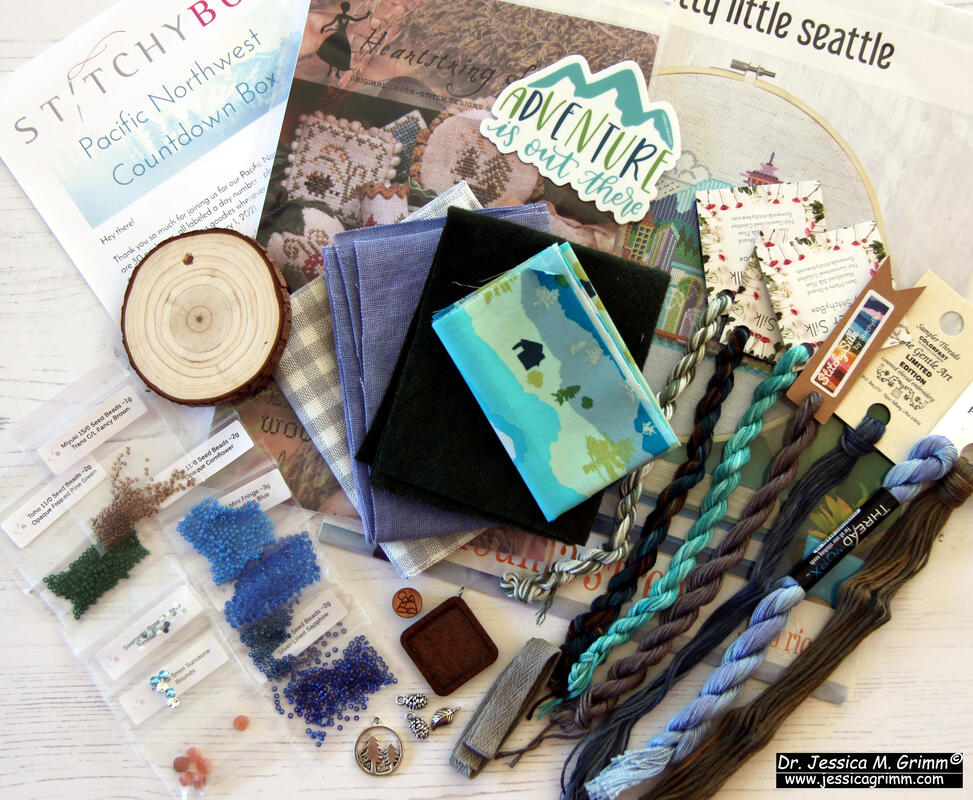
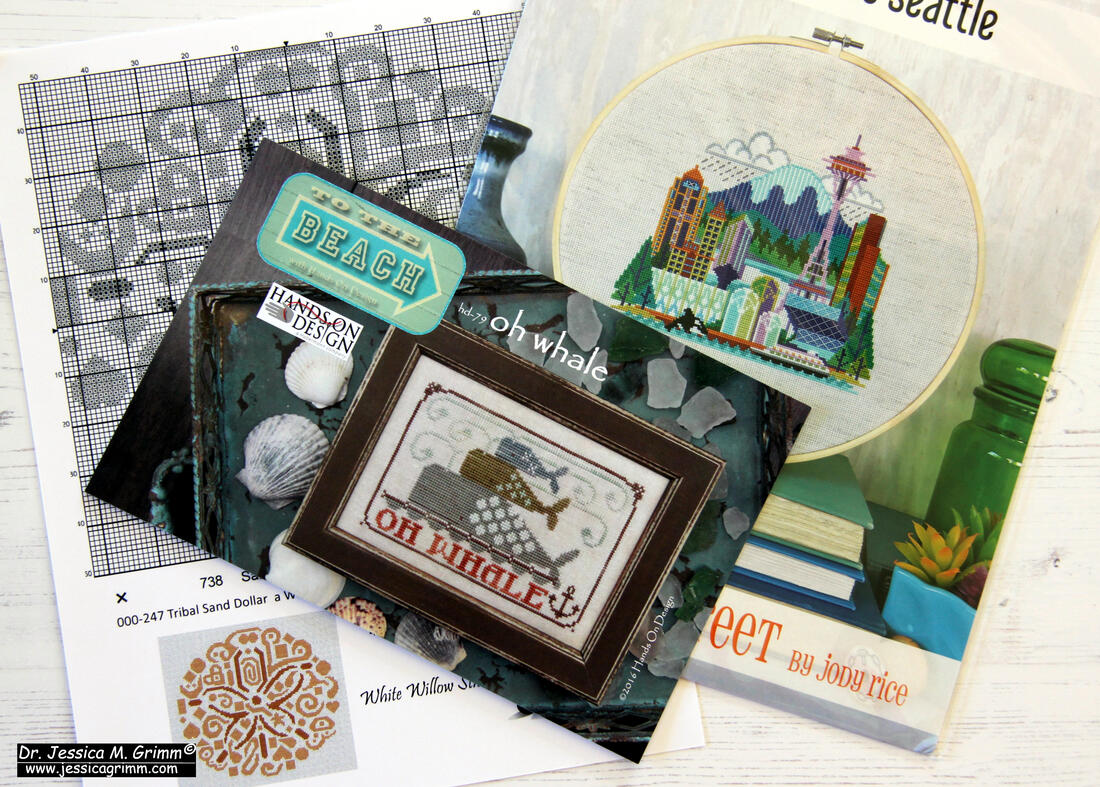
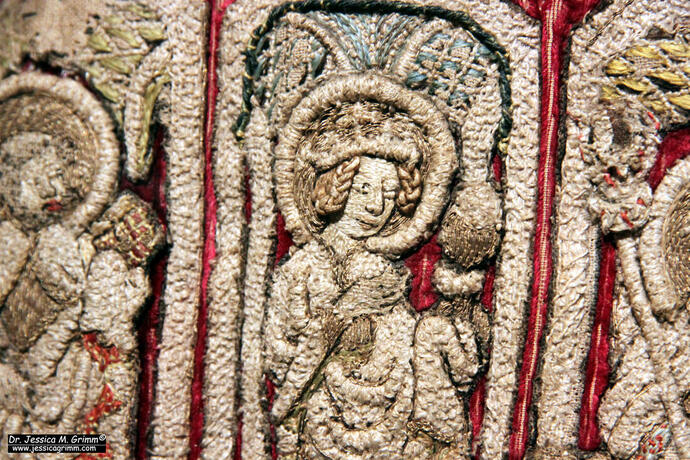
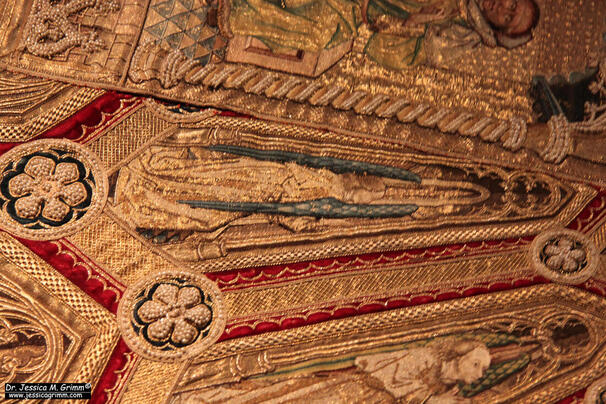
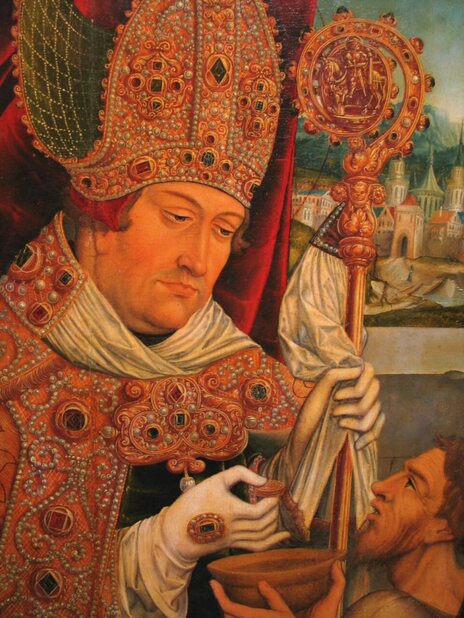
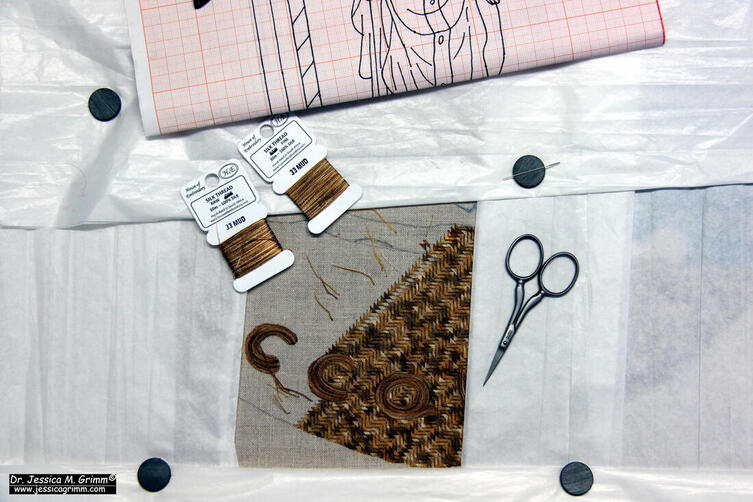
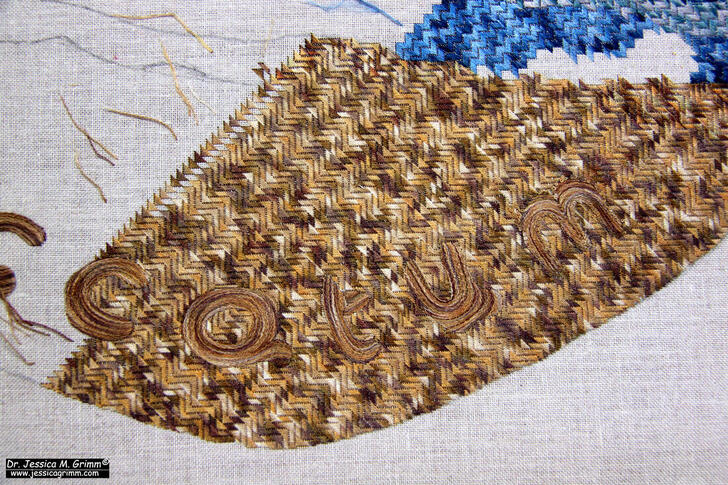
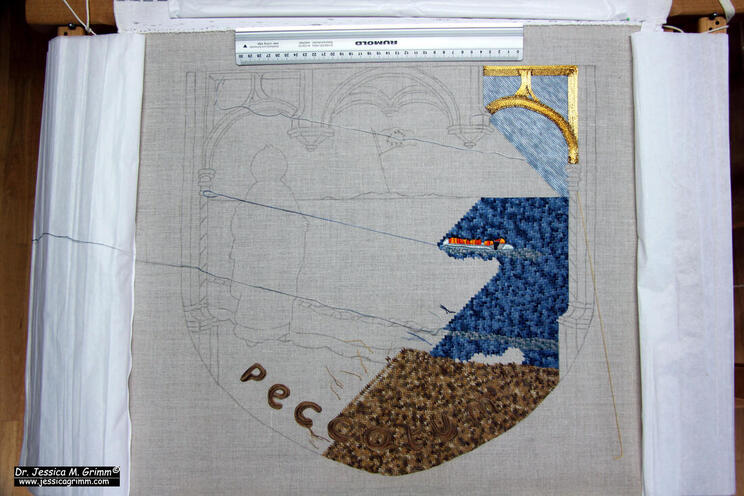
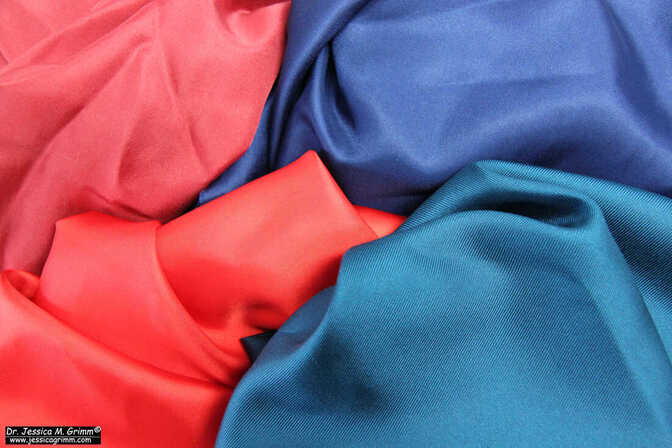





 RSS Feed
RSS Feed